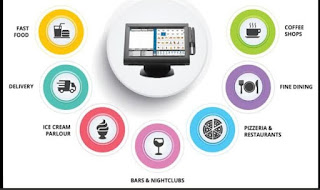Search This Blog
Tech Précis is the leading source for blogs on technology by DOT Club: The Official Techno-Managerial Club of IBS Hyderabad. It’s a group-edited blog that highlights on latest happenings on Artificial Intelligence, Machine Learning, IT and much more which transforms the technical sphere around us.
Posts
Showing posts from 2019
Wi-fi -The Form of Electricity through Rectennas
- Get link
- X
- Other Apps
RERA & Technology-Reshaping the Real Estate Sector
- Get link
- X
- Other Apps








